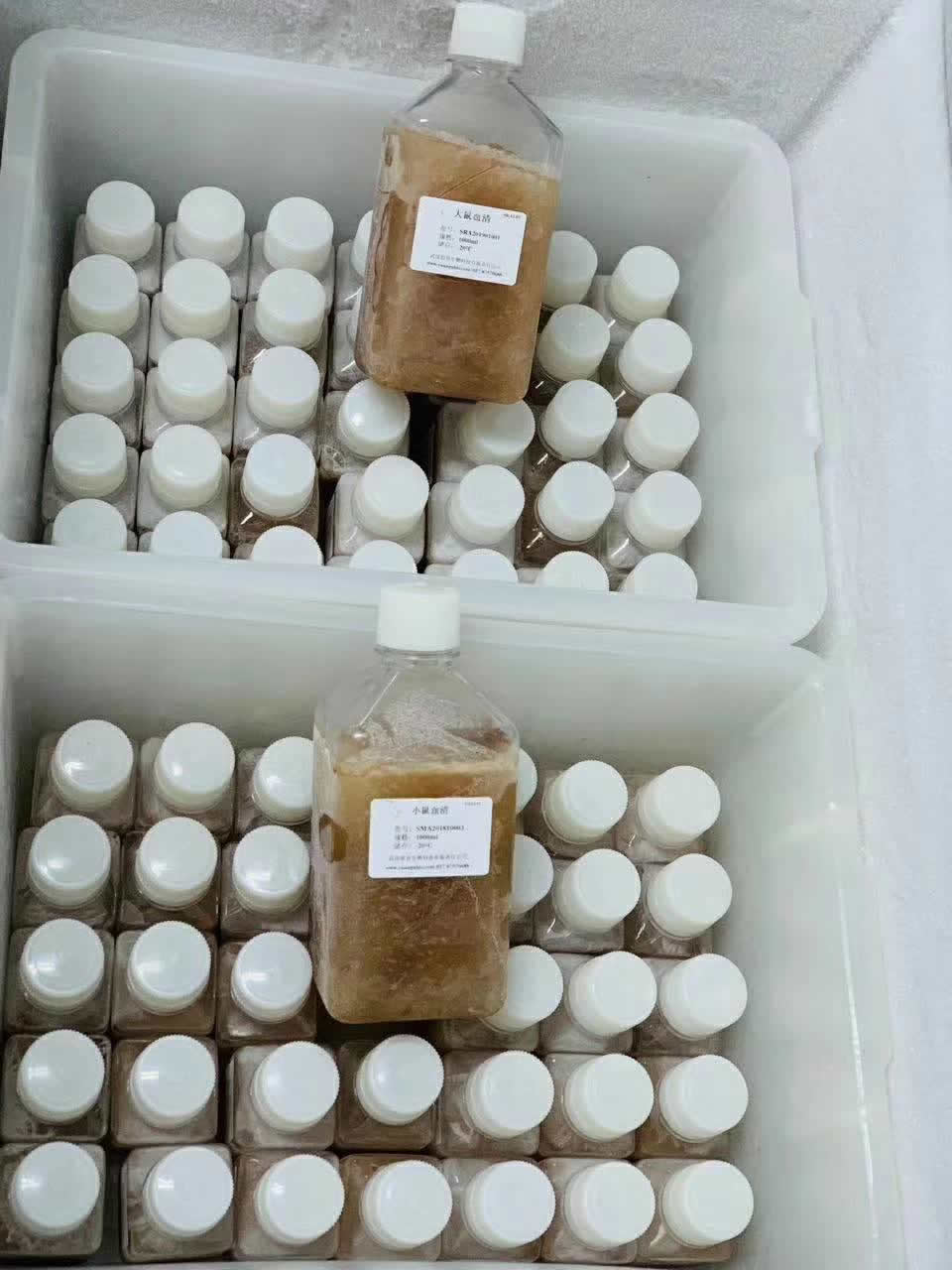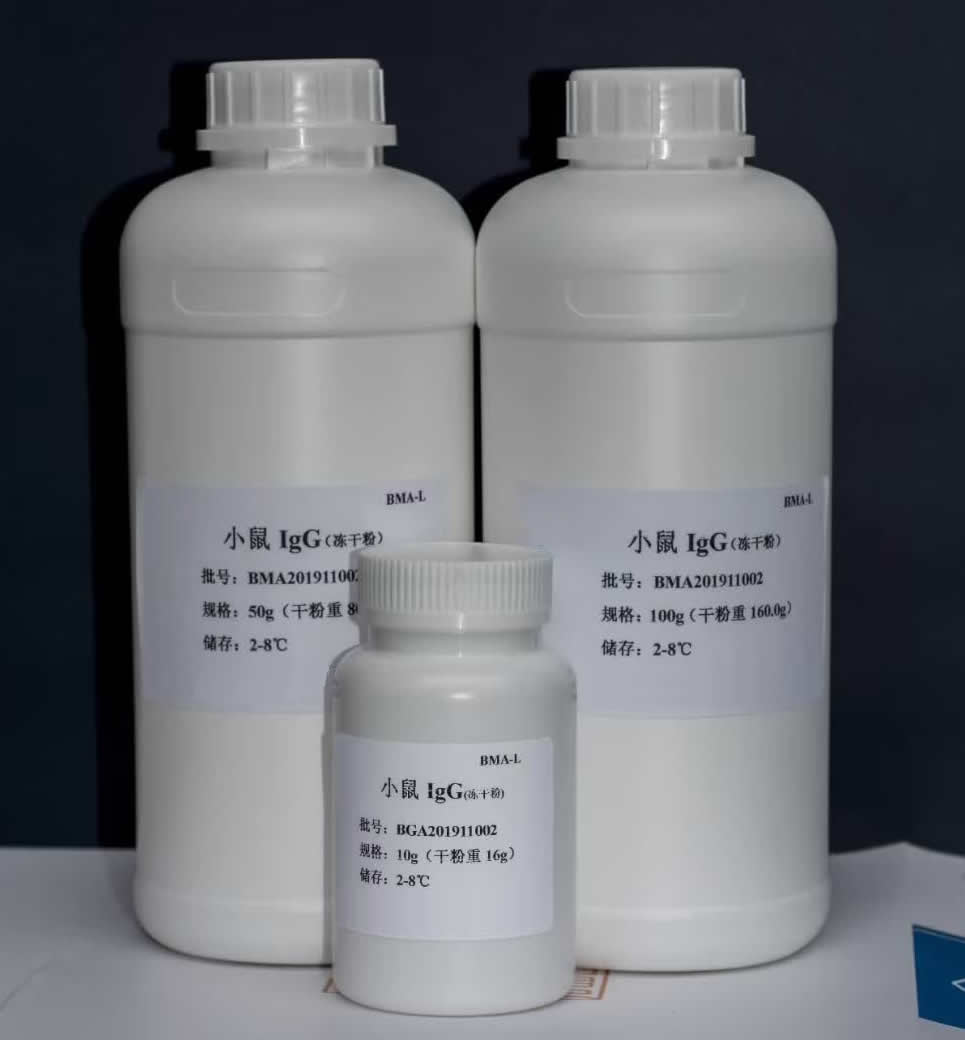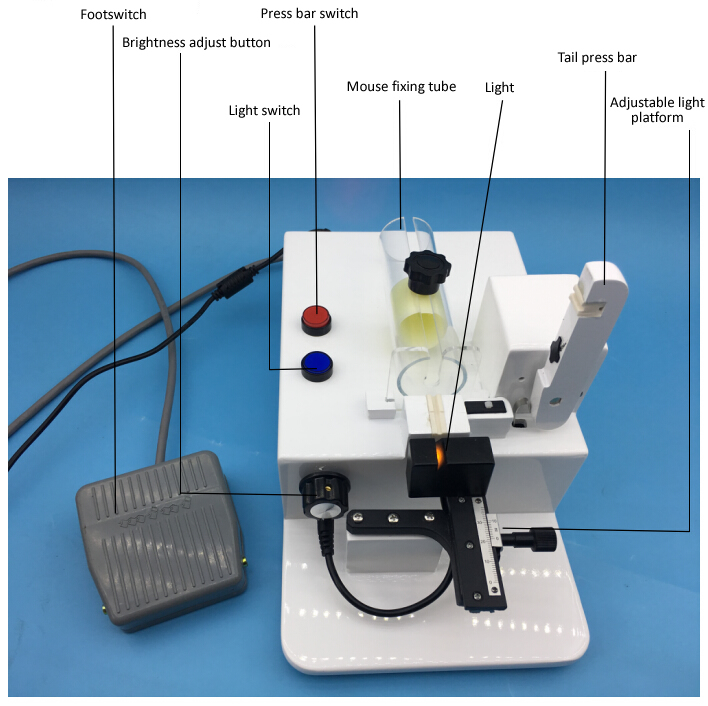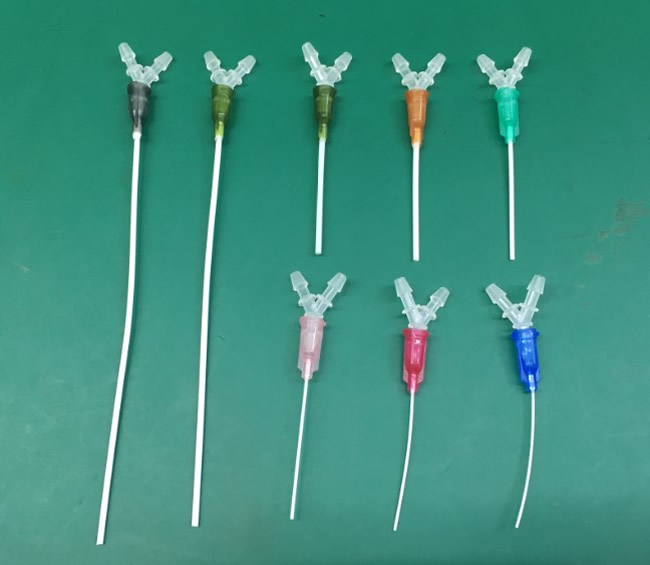
Mouse/Rat Tracheal Intubation is the process of inserting a specialized tracheal tube into the trachea of a mouse or rat through the glottis for the purpose of ventilation and oxygenation, as well as to provide optimal conditions for conducting lung disease models and administering drugs.
Tracheal intubation is a fundamental procedure in animal experimentation, along with other operations such as thoracotomy, respiratory function testing, and tracheal drug administration. Due to the unique anatomy of a mouse’s mouth, the lower jaw cannot be fully opened.
The most effective method involves using an external light source to visualize the airway and then inserting the tracheal tube. This approach is simple, efficient, and has a high success rate.
Methods for Endotracheal Intubation
Endotracheal intubation in mice and rats involves placing the animal on its back, illuminating the larynx with a light source, opening the jaw to visualize the glottis, and then inserting the endotracheal tube.
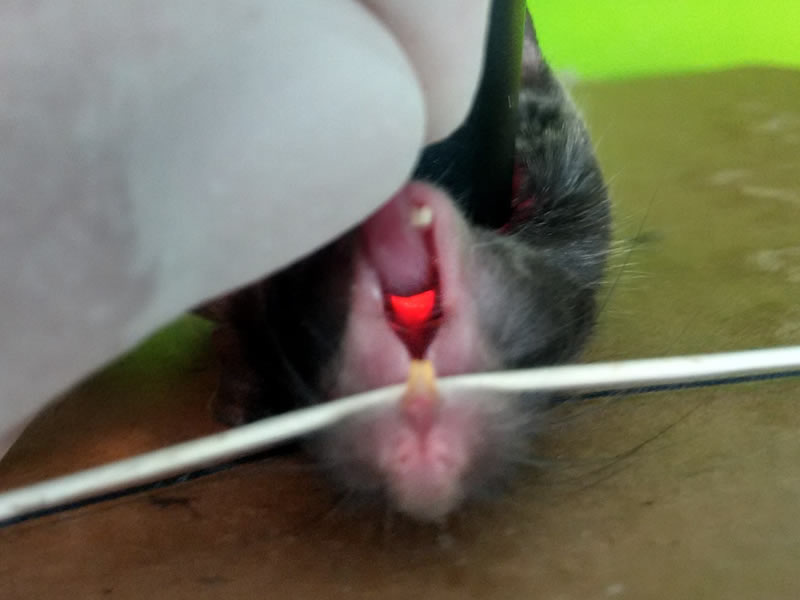
Tracheal intubation in rats is typically performed using visual intubation, blind intubation, or tracheotomy. The method for intubating mice is similar to that in rats.
Visual intubation
This method is complex and may not be user-friendly for inexperienced operators. A high-powered light source is used to shine on the mouse’s neck, and by pulling the root of the mouse’s tongue, the glottis becomes visible, increasing the success rate of intubation. This method may require an assistant if there is no endotracheal intubation platform available. It is recommended that the light source be adjustable for optimal positioning and brightness.
Tips: The light source is better adjustable for its position and luminance.
Blind intubation
Blind intubation can cause damage to the mouse’s pharynx, leading to the secretion of excessive mucus in the airway and potentially causing asphyxia. This method also increases the risk of infection after drug administration and may be difficult to recover from. There is a high likelihood of mistakenly inserting the endotracheal tube into the esophagus, requiring multiple attempts to achieve success.
Tracheotomy
Tracheotomy is a precise method for endotracheal intubation but involves cutting the skin on the neck to visualize the airway and insert the endotracheal tube. This method carries the risk of damaging cervical nerves and blood vessels, causing postoperative local infections, and secondary trauma, which may affect the stability of experimental data.
The appropriate intubation method should be selected based on the purpose of the experiment.
Mouse Endotracheal Tube Material and Size
The mouse endotracheal tube is made from materials such as PU, glass, or stainless steel, with moderate softness and hardness to protect the trachea of the mouse and rat.
2 options of length:3.8cm and 11cm
| Type | Inner Diameter(mm) | Outer Diameter(mm) | Length(mm) |
| 14G | 1.80 | 2.00 | 11/3.8 |
| 15G | 1.60 | 1.80 | 3.8 |
| 16G | 1.32 | 1.60 | 11/3.8 |
| 18G | 0.90 | 1.20 | 3.8 |
| 20G | 0.62 | 0.9 | 3.8 |
| 22G | 0.41 | 0.73 | 3.8 |
| 25G | 0.25 | 0.51 | 3.8 |
The mouse endotracheal tube can connect with an injection syringe without the Y-shaped connector.
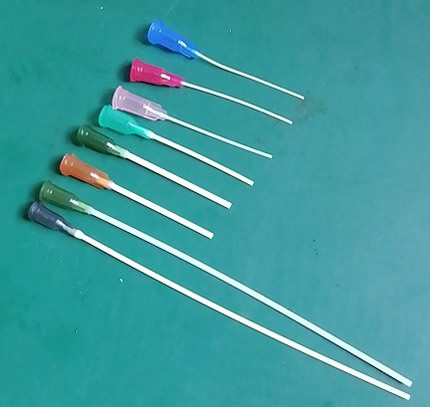
Rats and Mice Tracheal Intubation Kit
The kit includes:
- an endotracheal intubation holding platform.
- 5 sets of 1.22mm and 5 sets of 1.27mm endotracheal tubes for rat intubation.
- 5 sets of 14g tracheal tubes for mouse intubation.
- It features a lighting system.
- Intubation endoscope.
- Front teeth hanging string.
The purpose of this kit is to facilitate the identification of the trachea in rats and mice and to perform endotracheal intubation during auxiliary respiration and lung drug administration procedures. This kit enables single-person operation and is suitable for various applications, including lung function measurement, lung disease modeling, thoracotomy, mouse and rat treatment and surgical procedures.
To ensure smooth operation, various tools such as the tracheal intubation laryngoscope and the endotracheal intubation holding platform are available as options.

